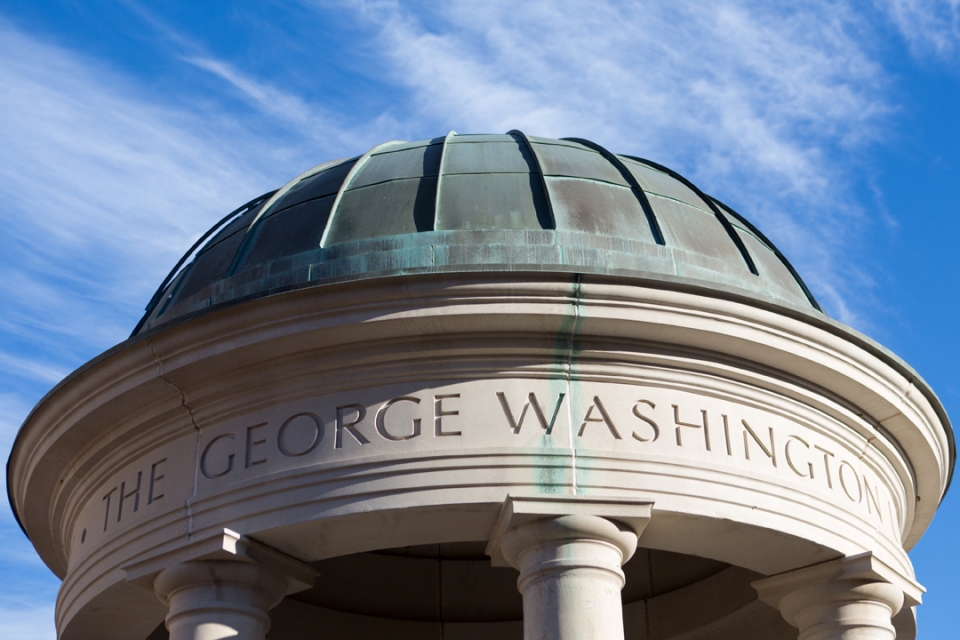Walkable communities are centers of economic vitality and social inclusion, according to new report from the George Washington University.
Despite some of the most iconic walkable urban space on the planet, the New York City metropolitan area has little walkable urban spaces outside of the urban core, according to a new report from George Washington University.
The findings in the study from the Center for Real Estate and Urban Analysis (CREUA) show that the NYC metro area is unlike other metropolitan areas such as Boston and Washington, D.C., that have extensive walkable urban places in the suburbs.
The new study from CREUA, which is housed in GW's School of Business, encompasses an inventory of office, retail, residential and industrial space in nearly 100 percent of the NYC metropolitan region. The study identifies and ranks both emerging and potential walkable urban spaces. The research also evaluates real estate and measures gross regional product down to the location and place level and provides a place and location-based measurement of social equity, which is the combination of affordable living and access to job opportunities.
Walkable land is extremely scarce in the New York metropolitan region but is highly valued by the market.
The study finds there is an average of a 150 percent premium on a per-square-foot basis for real estate prices in walkable urban places over drivable locations. Walkable places are also attractive to lower-income households because of their low transportation costs and high access to jobs.
As the region grows, more walkable urban places must be built in order to ensure continued opportunity for economically productive, sustainable and inclusive places, the report found.
“Our research shows that right now, this is a tale of two regions,” said Christopher Leinberger, the Charles Bendit Distinguished Scholar and Research Professor at the GWSB, lead author of the report and chair of the center. “Right now, most walkable development is concentrated in the urban core. The future of the tri-state region goes beyond only developing walkable urbanism in New York City. It especially requires fostering walkable urbanism throughout the rest of the region.”
The study defines 149 regionally significant walkable urban places or “WalkUPs” in the tri-state region. WalkUPs are neighborhoods that are both pedestrian-friendly and major centers of commercial activity or employment. These in-demand neighborhoods have grown almost twice as fast as their drivable counterparts in the last real estate cycle, researchers found.
Despite this momentum, WalkUPs are still more affordable for low-income families because typical household transportation costs are 30 percent less than in drivable areas.
“This research signals a major challenge and opportunity for the tri-state region,” said Emily Pacetti, associate director at the Rockefeller Foundation, which contributed funding for the study. “A challenge to maintain affordable neighborhoods that are near jobs and transit--a critical lever for residents’ upward mobility--and an opportunity to identify and invest in other potential hubs that could do the same.”
The study attempts to quantify the interaction between walkable urbanism, economic performance and social equity. Because WalkUPs have significant price premiums compared to drivable communities, the affordability of these places may be diminished.
While this study shows a positive relationship between walkable urbanism, economic performance and social equity, concerns remain over equity and affordability issues addressed by public policy tools.
The study concludes that policymakers, communities and other stakeholders must act proactively to preserve affordable housing, particularly in populations vulnerable to displacement.
“This is critical research that proves that walkable urban neighborhoods are one of the greatest strengths of the tri-state region both economically and socially,” said Thomas K. Wright, president of the Regional Plan Association. “It’s a wake-up to government, civic and business leaders and the real estate industry that our prosperity relies on creating the type of mixed-use, mixed-income neighborhoods that are now in such demand, everywhere in the region. RPA will be incorporating these findings into the Fourth Regional Plan later this year.”
The full report contains detailed maps showing existing WalkUPs, walkable neighborhoods and drivable suburbs.
The New York research is the latest in a series of WalkUP reports from the Center for Real Estate and Urban Analysis. Previous reports focused on Michigan, Boston, Atlanta and Washington, D.C.


